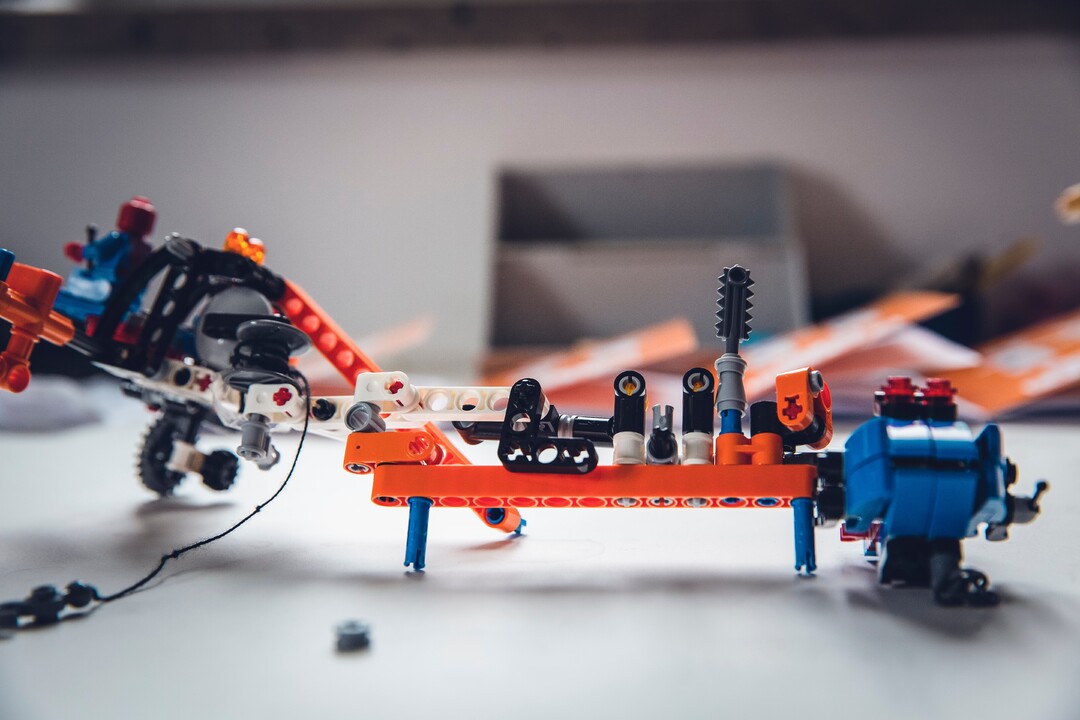What does the call for a new $200B STEM R&D budget mean for the US economy?
President Biden aims to expand the infrastructure and economic opportunity for science, technology, engineering, and mathematics (so called “STEM” fields) in the U.S. How will he do that—with a new focus on climate science, clean energy innovation, biomedical research, and emerging technologies. With all of this talk about a $200B investment in a new R&D budget request, you might be wondering, ‘why STEM’? Let’s take a quick dive through the history of STEM investment and visioning in the U.S., and posit why such an investment might be considered now and at such a strong level.
Ratings and Rankings
When just considering key strategic planning that came as a result of work at the National Science Foundation, teams of scientists, policy makers, industry professionals, military physician scientists, and academics forecasted an economic challenge with “Rising Above the Gathering Storm, Rapidly Approaching Category 5”, which highlighted a few factoids such as in 2009, the majority (51%) of US patents were awarded to non-US companies.
Two years later, the same team provided suggestions to combat the eroding innovation in science and technology in the US marketplace in their report.
In 2009-2010, the World Economic Forum ranked the US 48th in quality of mathematics and science education, and in the most recent 2017-2018 rankings the U.S. gained substantial ground, being ranked 10th best (out of 137 countries).
What happened between 2005 and 2018? The funding to education in the U.S. increased (on average) with an expanded focus on inquiry in the classroom. Further, the Congressional Research Service’s report “Science, Technology, Engineering, and Mathematics (STEM) Education: An Overview” and the Government Accountability Office (GAO)’s Science and Technology Report remind us of the considerable expansion of social media users, FinTech, 5G, climate technologies, brain-computer interfaces, gene editing, virtual and augmented reality, blockchain and ledger technologies, health technologies and AI in healthcare, amongst others. While these new advancements are exciting and offer tremendous opportunities, they will be capitalized upon only if we ensure a workforce of lifelong learners, constantly training, honing skills, and adapting to economic opportunity.
However, the workforce of the U.S. is aging, with the number of people aged 65 and older will increase from just under 60 million in 2021 to nearly 75 million in less than a decade. The STEMconomics demonstrate a tremendous opportunity for those nearing or in retirement to share their wisdom with the next generation of STEM professionals, helping the U.S. to exceed expectations for STEM innovation. Embedding processes wherein there is effective mentoring about workforce choices, support for new STEM-preneurs, and ongoing reskilling of the workforce to adapt to the STEM technology will generate a well-prepared STEM workforce.
Where do we go from here?
Utilizing evidence-based practices and data-driven decision-making, the U.S. has grown in the rankings for STEM education. However, the number of foreign origin patent filings in the U.S. still outnumbered those from the U.S. in 2020 (55.4%). And, in the state where the author resides (Nebraska), the past STEM workforce statistics have not equated to future opportunities. Because a well-prepared STEM workforce will contribute to innovation, and create the small businesses that Nebraska and the U.S. are built upon, it’s important to generate a comprehensive ecosystem of such support. There have been four economic outcome reports commissioned in Nebraska in the past decade, yet all yield the same results: technical know-how and passionate entrepreneurs. Nebraska currently ranks 25th for new entrepreneurs. Nebraska has one of the lowest start-up densities within the nation, despite massive support for biotech, fintech, and transportation in the region.
Sure, necessity drives innovation. And, on the heels of a pandemic, and with incentives on the horizon to support STEM “in the middle” of the country—then with an eye toward new economic opportunity, perhaps it’s time to give America’s Heartland a second look.
Citations:
National Academy of Sciences, National Academy of Engineering, and Institute of Medicine. 2007. Rising Above the Gathering Storm: Energizing and Employing America for a Brighter Economic Future. Washington, DC: The National Academies Press. https://doi.org/10.17226/11463.
T.Donohue,TestimonytotheHouseCommitteeonScienceandTechnologyonTheReauthorizationoftheAmericaCOMPETESAct,January20,2010.Availableat:https://www.uschamber.com/issues/testimony/2010/100119_americacompetes.htm.Seealso:http://www.ificlaims.com/IFI%202009%20patents%20011210%20final.htm.
WorldEconomicForum,The Global Competitiveness Report 2009-2010, Available at: http://www.weforum.org/pdf/GCR09/Report/Countries/United%20States.pdf
World Economic Forum, The Global Competitiveness Report 2017-2018, Available at: https://reports.weforum.org/pdf/gci-2017-2018-scorecard/WEF_GCI_2017_2018_Scorecard_EOSQ130.pdf
Granovskiy, B. (2018). Congressional Research Service. Science, Technology, Engineering, and Mathematics (STEM) Education: An Overview https://fas.org/sgp/crs/misc/R45223.pdf
U.S. Government Accountability Office: Science and Technology: An overview of scientific and technological developments that affect the nation’s innovation and competitiveness. Available at: https://www.gao.gov/science-technology
U.S. Patent Statistics Chart, Calendar Years 1963-2020, Available at: https://www.uspto.gov/web/offices/ac/ido/oeip/taf/us_stat.html
